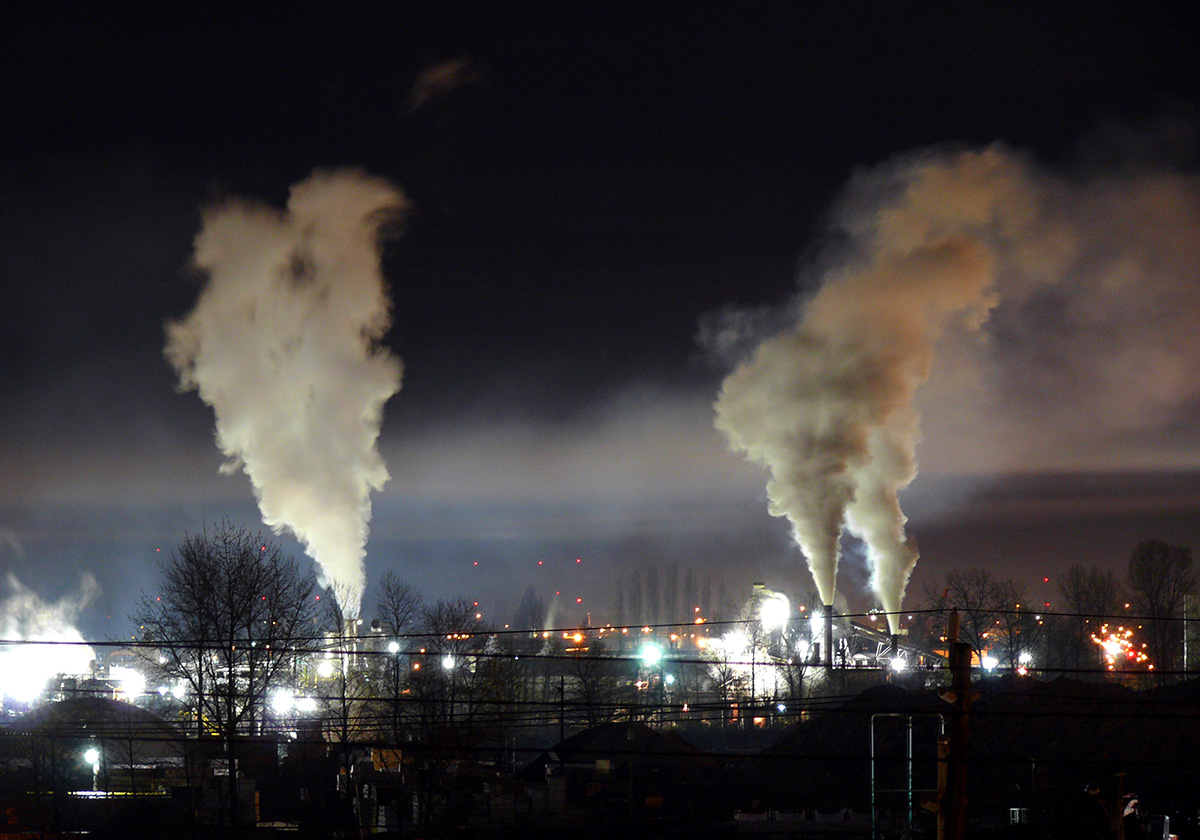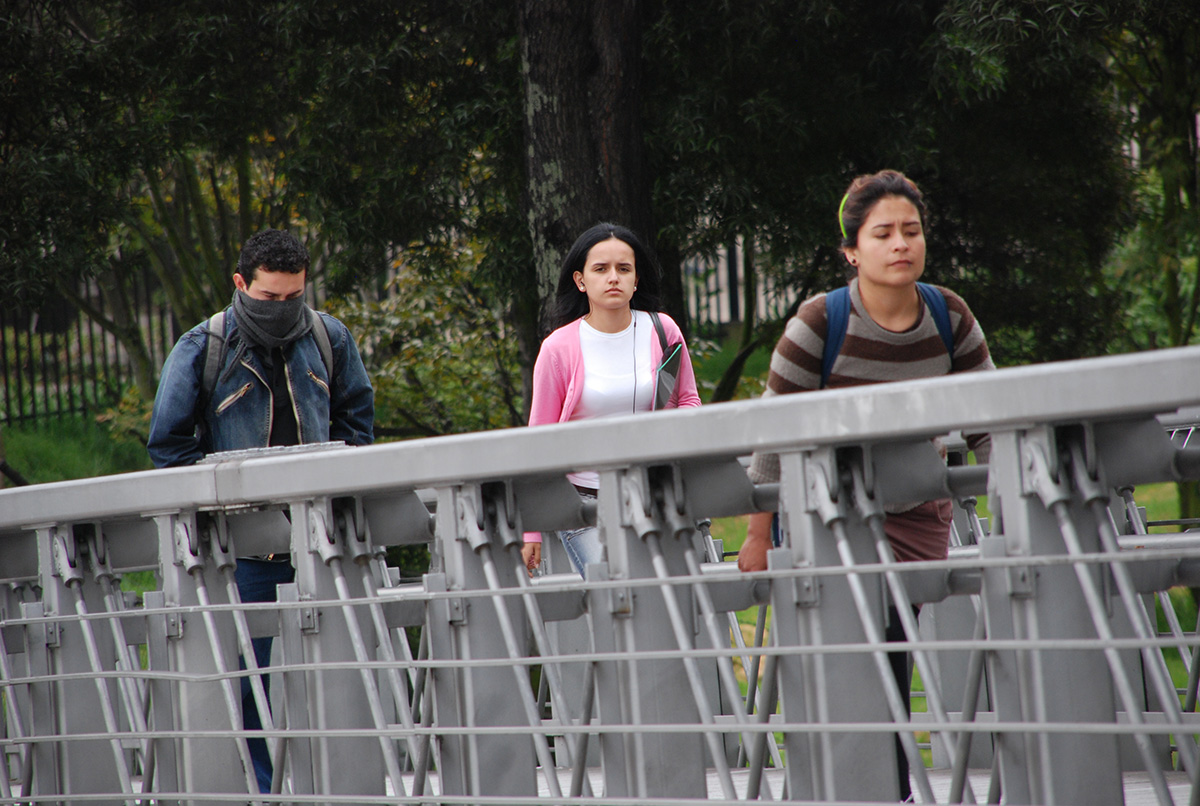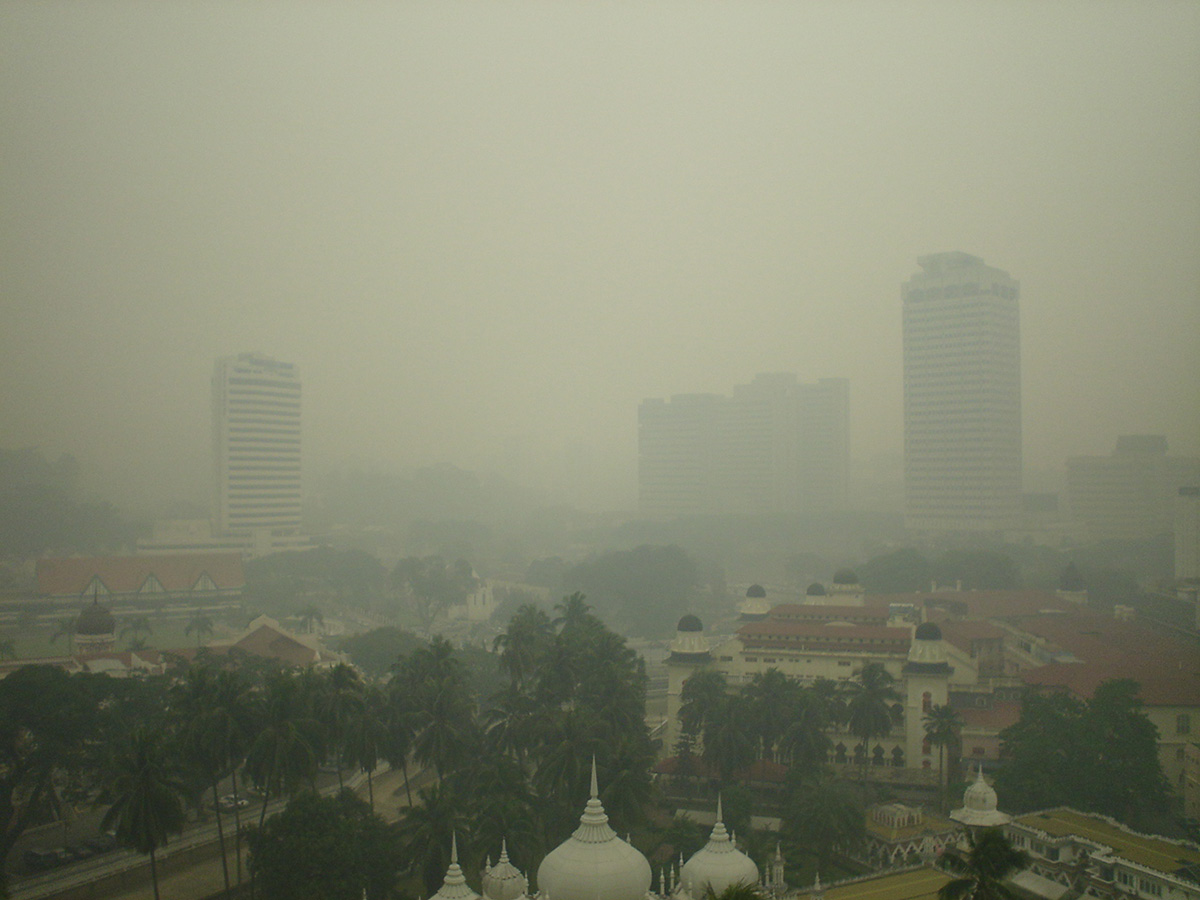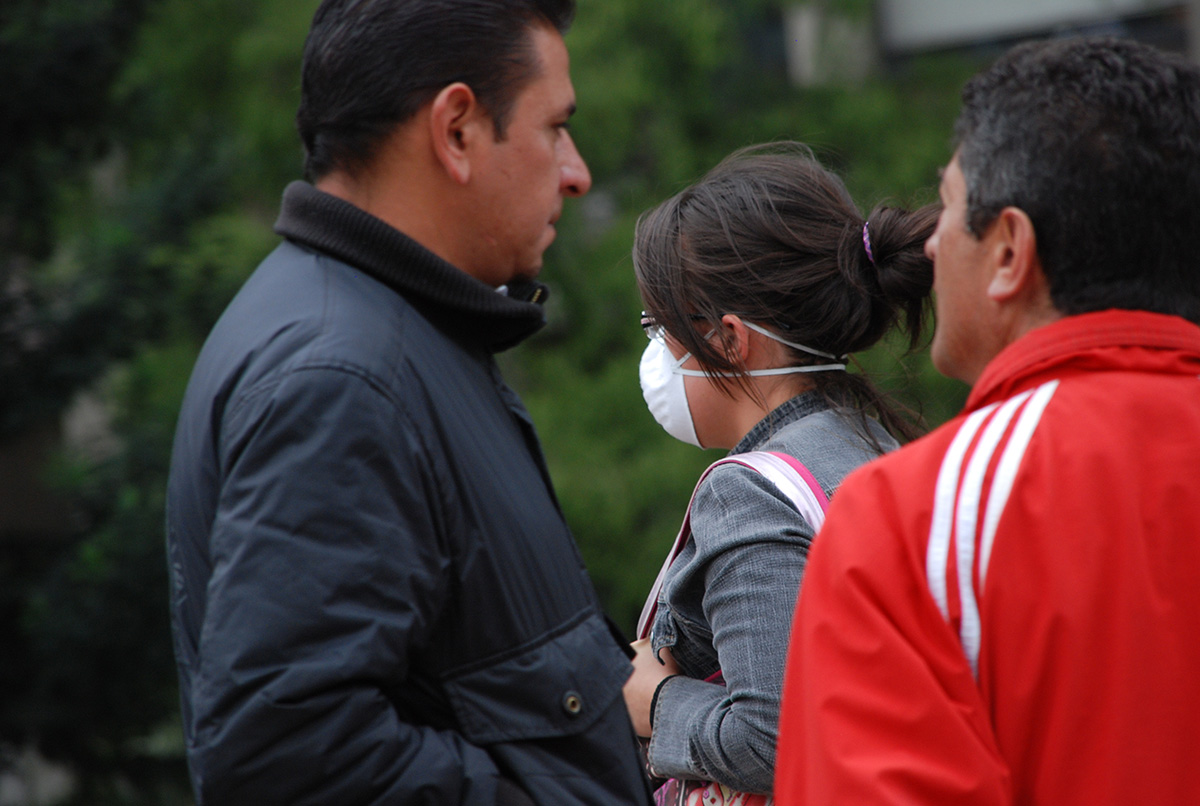Highly toxic waste products in the air as those produced by printing houses or paint manufacturers could be eliminated with this innovative method.
"The idea behind the project is for contaminating industries to become interested in these types of developments, as they are more efficient and economical than the methods they currently use," said Sonia Moreno Guáqueta, Université Catholique de Louvain Applied Natural Science Ph.D. and part of the Universidad Nacional de Colombia (UNal) Solid State and Environmental Catalysis Research Group (ESCA, for its Spanish acronym.)
The process uses low-cost metals as opposed to those which use platinum and gold usually used in developed countries. Therefore this is a great technological advancement.
Hydrotalcites or laminated materials turn into catalyzers capable of increasing chemical reaction speeds due to the presence of different elements such as copper, manganese, and cobalt which help transform volatile compounds which contaminate the air.
After subjecting them to temperatures between 400° C and 500° C (752° F and 932° F) these structures end up burning and producing mixed oxides.
OVCs in the air include aromatic and alcoholic compounds as well as esters with high carcinogenic potential which inclusively may cause the death to people which habitually inhale it.
"The concept is to use these mixed oxides to transform compounds which are in the air into less toxic elements such as carbon dioxide and water," said Moreno.
According to the Moreno, oxides from hydrotalcites are sent into a chemical reactor where contaminated media is already present so they air is then decontaminated.
"Acting as a catalyzer, the mixed oxide carries out oxide-reduction reactions turning very toxic volatile compounds into CO2 and water," said Moreno.
Although hydrotalcite is a powder, from the atomic standpoint it has a series of metal nanoparticles which are of interest.
The procedure has been assessed in laboratory conditions with micro-reactors and with 200 milligrams of catalyzer so it can be in contact with a continuous inflow of air to provide the transformation, although at an industrial scale the amounts would be significantly larger as well as the reactors.
Although it is difficult to convince the industrial sector of the importance of applying these types of methods, only once regulations are stronger, more likely they will begin to have greater awareness on the need to reduce toxic waste into the air.
 Correo Electrónico
Correo Electrónico
 DNINFOA - SIA
DNINFOA - SIA
 Bibliotecas
Bibliotecas
 Convocatorias
Convocatorias
 Identidad UNAL
Identidad UNAL








